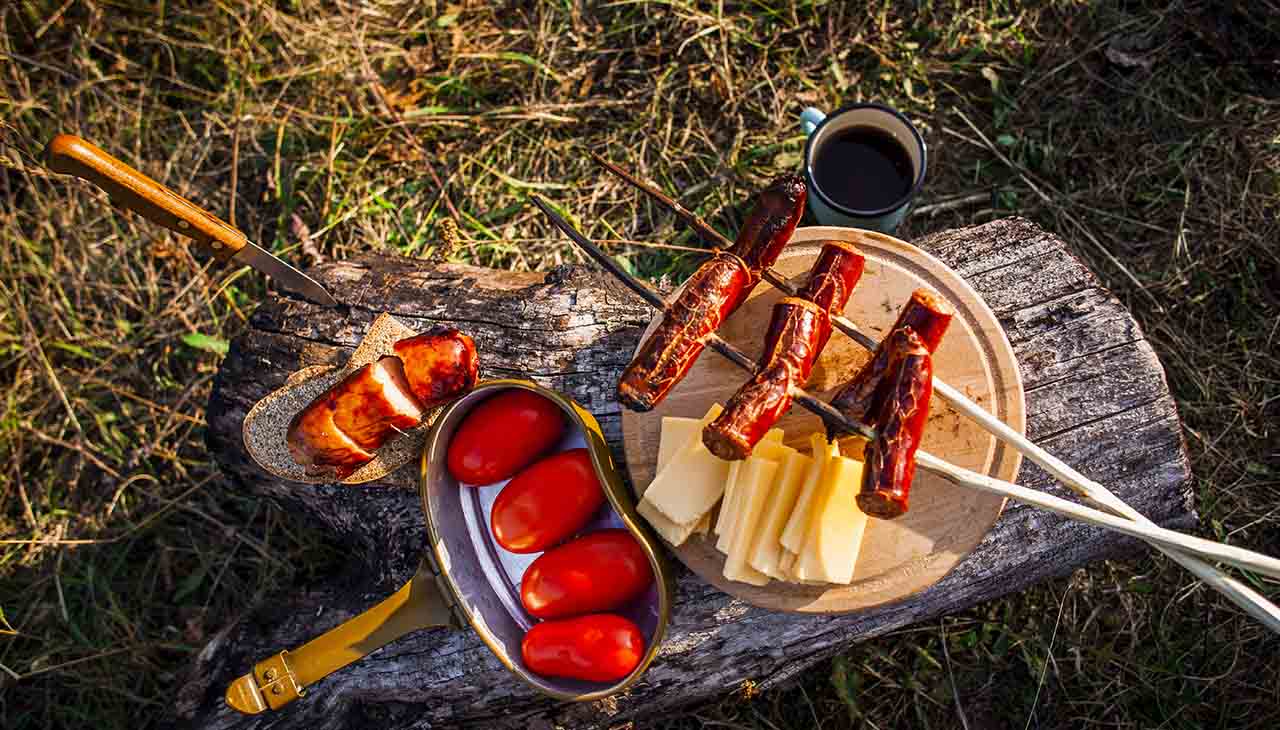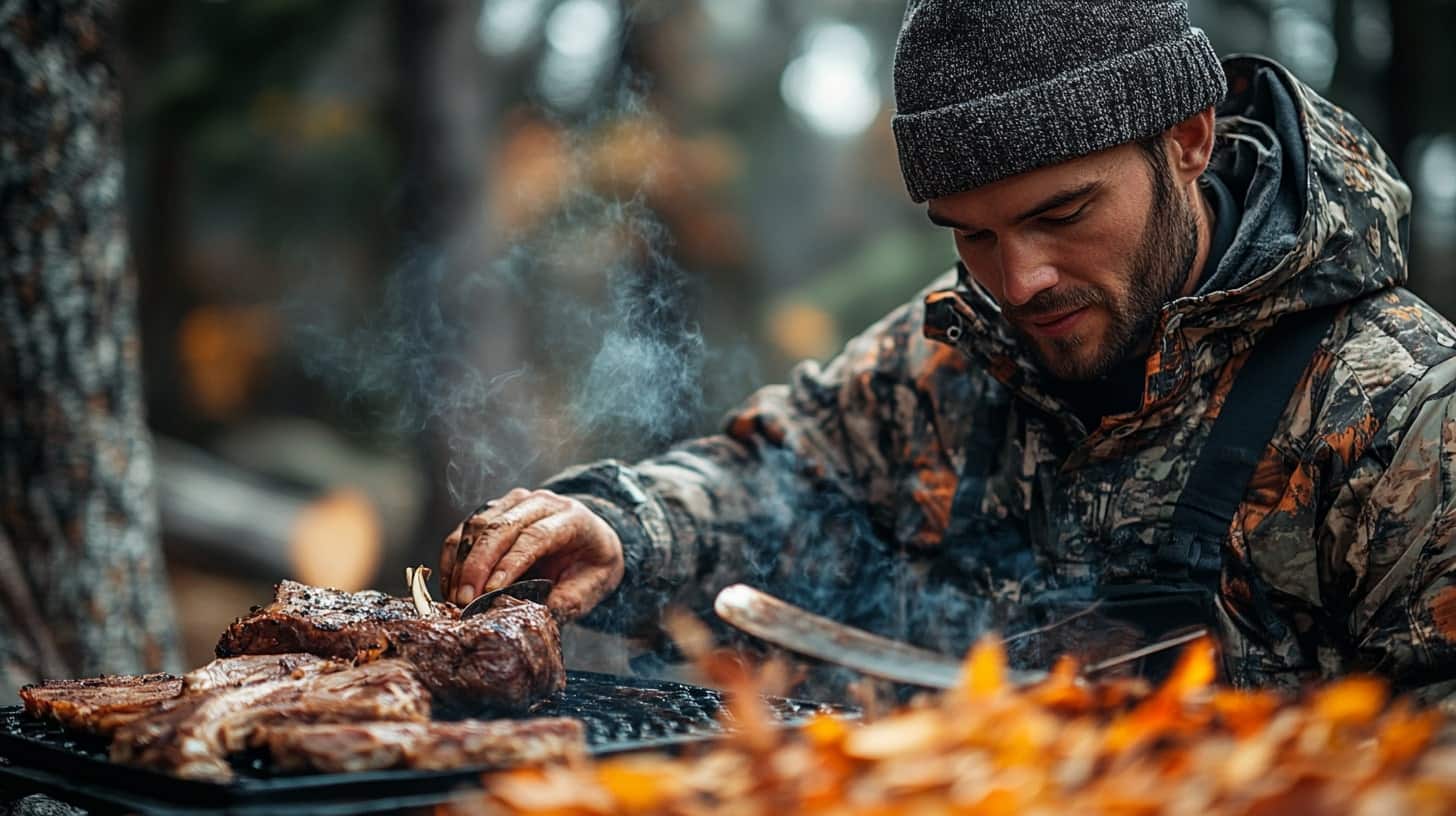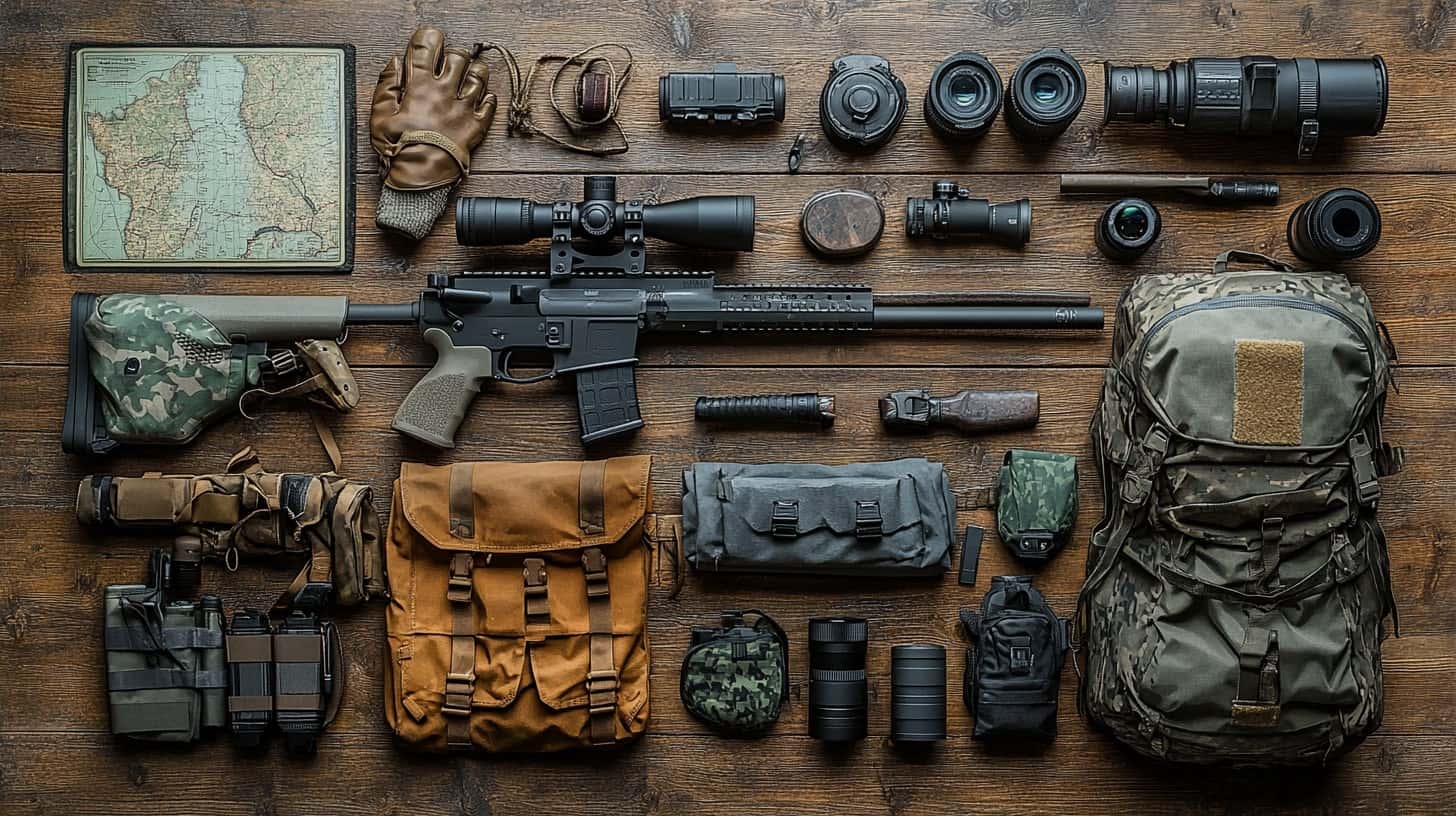Welcome to “Wild Game Recipes: From Field to Table”, your ultimate guide to transforming the bounty of the wilderness into exquisite meals that tantalize the taste buds and nourish the soul. Whether you are a seasoned hunter looking to elevate your culinary skills or a cooking enthusiast curious about the rich flavors of wild game, this collection promises to inspire and guide you through the exciting process of preparing dishes that celebrate the harvest of the wild. From succulent venison steaks to savory rabbit stews, prepare to explore a range of recipes that honor the tradition of hunting and the ethos of sustainable eating.
Hunting and Harvesting
Responsible hunting practices are the foundation of sustainable harvesting, ensuring that the tradition of hunting benefits both the environment and the communities involved. Key to this ethos is the principle of conservation, which involves adhering to local wildlife management regulations, obtaining necessary permits, and taking only what you need, ensuring populations remain healthy for future generations. The practice of ethical hunting also involves minimizing suffering and ensuring a quick, humane harvest.
Safety is paramount, not just for the hunter but also in handling and processing wild game meat. Proper field dressing, cooling, and transporting of the harvest prevent spoilage and reduce the risk of foodborne illnesses. Hunters should be educated in identifying healthy animals and understanding the risks associated with diseased wildlife. By combining ethical hunting practices, sustainable harvesting, and safe handling procedures, we can honor the wild, ensure the longevity of hunting traditions, and enjoy the bounty of nature in a responsible manner.
Preparing Wild Game
Unique Characteristics of Wild Game Meats
Wild game meats, celebrated for their distinct flavors and textures, vary greatly from the more commonly consumed beef, pork, or chicken. For example, venison from deer boasts a lean composition with a rich, slightly gamey flavor, reflective of the natural diet and free-range life of the animals. Similarly, wild boar meat offers a bold taste and is considerably leaner and darker than its domesticated pork counterpart. Rabbit and squirrel meats are valued for their delicate, tender qualities and are often considered a gateway game for those new to wild game cuisine. Each type of wild game meat brings a unique profile to the table, requiring specific preparation methods to truly shine.
Handling and Storing Wild Game Meat
Proper handling and storing are paramount to maintain the quality and safety of wild game meat. After harvesting, rapid cooling and proper field dressing are critical to preventing bacterial growth and ensuring the meat remains safe to eat. Once home, wild game meat should be processed promptly or stored in a refrigerator or freezer at appropriate temperatures. Vacuum sealing can significantly extend the storage life of game meat in the freezer, reducing freezer burn and preserving its quality. It’s also essential to label and date all meat packages to keep track of storage time and ensure consumption at peak freshness.
Addressing Common Misconceptions
A common misconception about cooking with wild game is that it is tough, overly gamey, and difficult to prepare. However, when properly handled and cooked, wild game meat can be incredibly tender, flavorful, and versatile. The key lies in understanding the characteristics of each type of meat and adjusting cooking methods accordingly. For lean meats like venison, lower temperatures and shorter cooking times can prevent drying out, while tougher cuts benefit from slow, low-heat cooking methods like braising or stewing. Marinating or brining can also help tenderize the meat and infuse it with flavors. By treating wild game with respect and adopting suitable preparation techniques, cooks can debunk myths and discover the remarkable culinary potential of these natural treasures.
Essential Cooking Techniques
To fully appreciate the depth of flavor that wild game offers, mastering a variety of cooking techniques is essential. Grilling, for instance, imparts a smoky essence to meats like venison and wild boar, enhancing their natural flavors. However, because wild game tends to be leaner, careful attention to marinating beforehand can ensure moisture is retained, preventing the meat from becoming tough during the grilling process. Marinating not only introduces additional moisture but also plays a crucial role in tenderizing and adding layers of flavor, transforming the game meat into a succulent delight.
Slow cooking methods, such as braising and stewing, are particularly suited for tougher cuts of game, gradually breaking down fibers to achieve fork-tenderness. These methods allow the meat to absorb herbs and spices fully, melding with the liquid to create rich, complex flavors that celebrate the meat’s origin. Roasting, another versatile technique, works beautifully with well-marinated game birds, encapsulating flavors while achieving a crispy exterior over a tender, juicy interior.
Achieving the ideal cooking temperature is another vital aspect of preparing wild game, necessitating the use of a reliable meat thermometer. Since game meats are less forgiving than their domesticated counterparts, precise temperature control can mean the difference between a moist, flavorful dish and a disappointing, dry outcome. It’s also important to allow the meat to rest after cooking, ensuring that the juices redistribute throughout the meat, enhancing both flavor and texture.
By paying homage to the unique qualities of wild game through proper marinating, seasoning, and cooking techniques, chefs and home cooks alike can unlock the exquisite potential of these meats. Whether grilling, slow cooking, or roasting, the key to elevating wild game lies in a thoughtful approach that respects its source, celebrates its flavors, and delivers a truly unforgettable dining experience.



